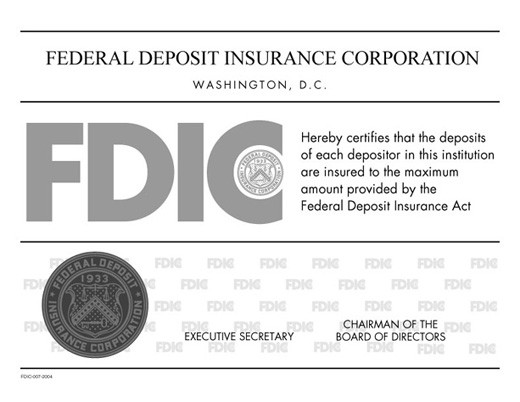A Guide to Understanding MarketLinked CDs
Post on: 13 Апрель, 2015 No Comment

There is a high level of appeal when it comes to the market-linked CD, a relative newcomer in the world of time-deposit accounts. One of their most enticing characteristics is their ability to allow risk-averse investors to participate in the market, potentially offering some of the best CD rates in comparison to their traditional counterparts, without any risk to the principal should markets decline.
Before you join this trend in certificates of deposit, understand that market-linked CDs are complicated and arent for everyone. Review the following to gain a better understanding of market-linked CDs.
Market-Linked CD Definition
A market-linked CD is a certificate of deposit that is linked to the performance of one or more securities or market indexes, such as the S&P 500. There are several other common terms used to refer to this type of investment, including equity-linked CD, market-indexed CD or simply an index CD.
Market-linked CDs are structured investments, meaning they are designed to meet investors specific financial goals. They combine the long-term growth potential of equity, or other markets, with the safety and security of a traditional certificate of deposit.
How Market-Linked CDs Work
A market-linked CDs performance is dependent upon the performance of a market or index. As the market goes up, so does the CDs potential return. Some market-linked CDs guarantee a base return, but if the market does well you will earn more. The better the market performs, the higher your return will be.
On the other hand, if the market underperforms, your indexed CD might earn nothing at all.
The main purpose of a market-linked CD is to diversify assets without exposing your portfolio to a high level of risk. They are best suited for buy-and-hold investors who do not require a high level of liquidity and wish to implement an asset allocation strategy that does not outweigh their total portfolio in any one investment class.
Important Market-Linked CD Terms:
- Participation Rate: This is the percentage at which a market-linked CDs annual return will correspond to the performance of the index it is tied to. For example, an index sees a 15 percent gain, but the CD linked to it has a participation rate of 75 percent. This means the CD will produce a return of 11.25 percent, or 75 percent of 15 percent. A CDs participation rate can be more or less that 100 percent, though the closer to that rate, the better.
- Interest Cap: In order to protect a financial institution from paying out an exorbitant amount in interest, there is often a cap placed on how much interest an investor can earn. Consider again the previous example: If the market-linked CD had an interest cap of 10 percent, that is the return it would earn, even though it technically should have earned 11.25 percent.

- Call Risk: Some market-linked CDs have a call feature that allows the issuing institution to redeem the CD before it matures. The call price determines how much interest the investor earns, which might be less than if the CD were held longer or until maturity.
How a Market-Linked CD Return Is Calculated
The return on a market-linked CD can be calculated using one of several different methods that is determined by the issuing financial institution. The two most common ways a market-linked CDs return is calculated are:
- Point-to-Point: This is the simplest method. The starting point is the value of the index when the CD is issued. The ending point is the value of that same index just before maturity. The return on the market-linked CD is the difference, or a percentage of the difference depending on the participation rate.
- Average: Rather than calculating the return based on a starting and ending point, the values of the index along several observation points, or dates, are averaged.
Additional Points to Consider About Market-Linked CDs
There are a few things to bear in mind before you put your hard-earned dollars into a market-linked CD. There are both pros and cons of market-linked CDs. including the following crucial considerations:
For starters, as with all CDs, you cannot access your money until it matures. If you make a withdrawal before the maturity date, you will be faced with stiff early withdrawal penalties that could easily wipe out whatever return was made on your market-linked CD.
Another factor to be aware of is the possibility of earning zero interest during an economic downturn. In this case, youll only get the base rate of return the financial institution offered, and it could very well end up being less than a more competitive, traditional CD. The flip side to that caveat, of course, is that if the market does well, you could end up with a higher profit than you would have earned with a typical CD.
Finally, this investment has special tax implications. For example, the majority of your earnings on a mutual fund that buys and holds stocks for the long term will probably be taxed at the rate for long-term capital gains. In contrast, all gains made by an index CD are considered interest income, which can be taxed at a rate over 35 percent.
Before investing in certificates of deposit, and market-linked CDs in particular, be sure to meet with a trusted financial professional and discuss their overall investment merits.














